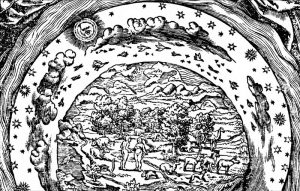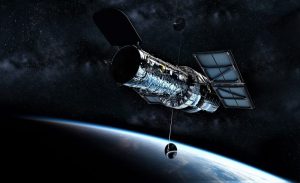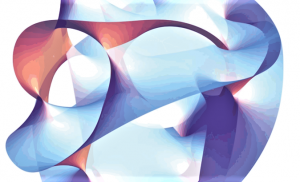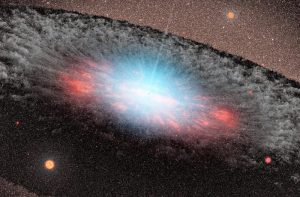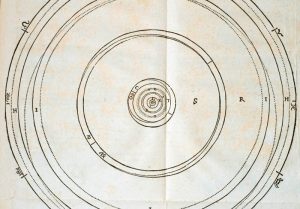Oscillating universe theory
The oscillating universe theory is a cosmological theory model that combines the Big Bang and the Big Crunch as part of a cyclical event. This theory speaks of a universe that has no end and has different epochs during its endless process, an epoch that is equal to a complete oscillation starting from a Big Bang event and going through a series of different phases, after which the inflationary phase appears with a high rate of expansion. After this process, the universe reaches a stage in which the potential energy of the scalar field begins to dominate giving a period of accelerated expansion which indicates the current age of the universe. During this period of accelerated expansion, black holes, matter, radiation, waste, neutron stars, and neutrinos will be diluted, and the universe will be empty, smooth and flat.
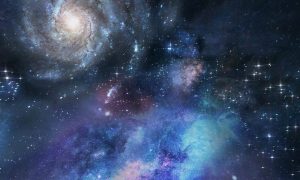
Related topics
Big Crunch, Dark energy, dark matter, Hubble's law, string theory, stationary theory, inflation theory
What is the oscillating universe theory?
It is the cosmological theory that combines the Big Bang and Big Crunch theory as part of the universe formation, which has no end and goes through a series of different processes for its formation and accelerated expansion, in which the universe is empty, smooth and flat.
What does the oscillating universe theory say?
This scientific and cosmological theory, also known as the Cyclic Model or Oscillating Models, explains that the universe in which we live is the last one that was created in the past and that occurred as a result of a series of explosions and different contractions because the universe did not have a common origin, but on the contrary, underwent a process or a cycle of creation and continuous destruction, going through a great phase of expansion and another of contraction, which is what we know as Big Crunch.
In this way, after the Big Bang, the universe can expand so much that it causes a collapse, and here intervenes the Big Crunch, which causes a condensation that generates the whole cycle again.
Who proposed the oscillating universe theory
The oscillating universe theory or Cyclical Model, as it is also known, was introduced by the Russian scientist A. Friedmann, during the years 1922 and 1924. Three years after the article was published by Friedmann, a new article on the same subject was published by the Hungarian physicist Cornelius Lanczos. Later, in 1934, Richard C. Tolman’s work showed that the oscillating model is hardly possible due to the cyclical problem: according to the Second Law of Thermodynamics, which indicates that entropy can only increase.
Background
According to the antecedents we had about the universe, scientists were based to start from the premise that the universe is closed and that it has a radius of curvature which will oscillate. Alexander Friedman was a mathematician who established mathematical precedents for this theory development. Richard Tolman, raised the theory in 1934 based on the background of George Gamow, who said that a big explosion had been responsible for creating the stars and galaxies of the universe, introducing for the first time the Big Bang theory.
History of the oscillating universe theory
The theory of the oscillating universe was a hypothesis that was quite accepted for a while by cosmologists and scientists who thought that some force should prevent the formation of some gravitational forms which joined the Big Bang theory with an earlier Big Crunch: the mathematical characteristics that appeared in the calculations were the result of mathematical ideas and calculations. In theory, it explained that the universe is not closed.
What problems does the oscillating universe theory present?
The main obstacle presented by the model of the oscillating universe is the second law of thermodynamics, which tells us that entropy always increases within an isolated system, and never in an opposite way. Furthermore, this law explains that entropy increases all the time when it passes from one cycle to another. If the cycles become longer, the extrapolation to the past will lead back to an initial singularity, thus eliminating the motivation to consider an oscillatory universe in the first place.
Therefore, as time advances, entropy increases, until it reaches its maximum point which is death by heat or what is known as the Big Rip. Evidence suggests that the expansion of the universe is constantly accelerating. If any theory of the oscillating universe were to discard it, this, in turn, would discard this theory. As it stands, it clearly indicates that the idea that gravitational pull will eventually slow the expansion of the universe and then send the expansion backwards, and this is completely false.
How to cite this article?
Briceño V., Gabriela. (2019). Oscillating universe theory. Recovered on 4 January, 2025, de Euston96: https://www.euston96.com/en/oscillating-universe-theory/



